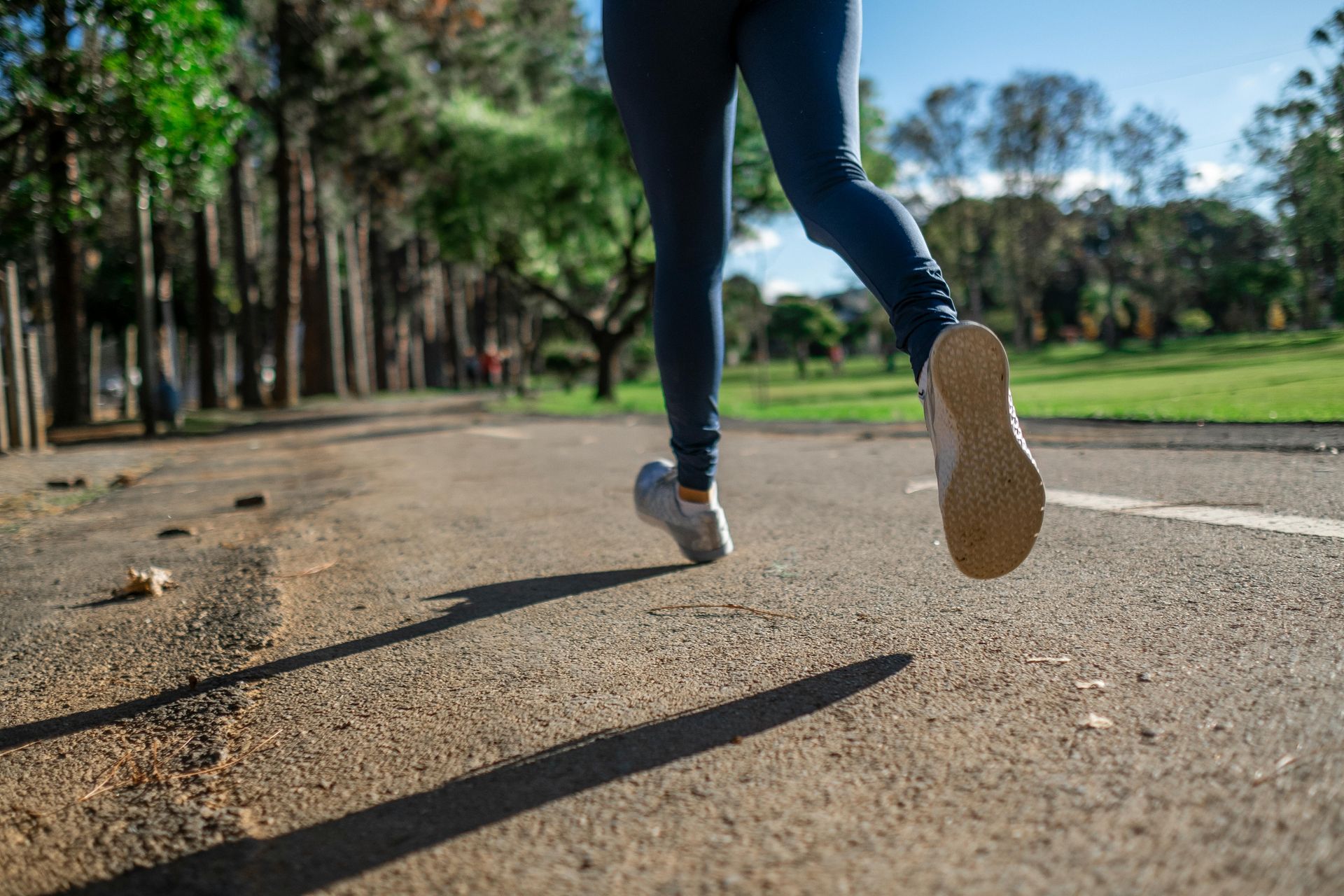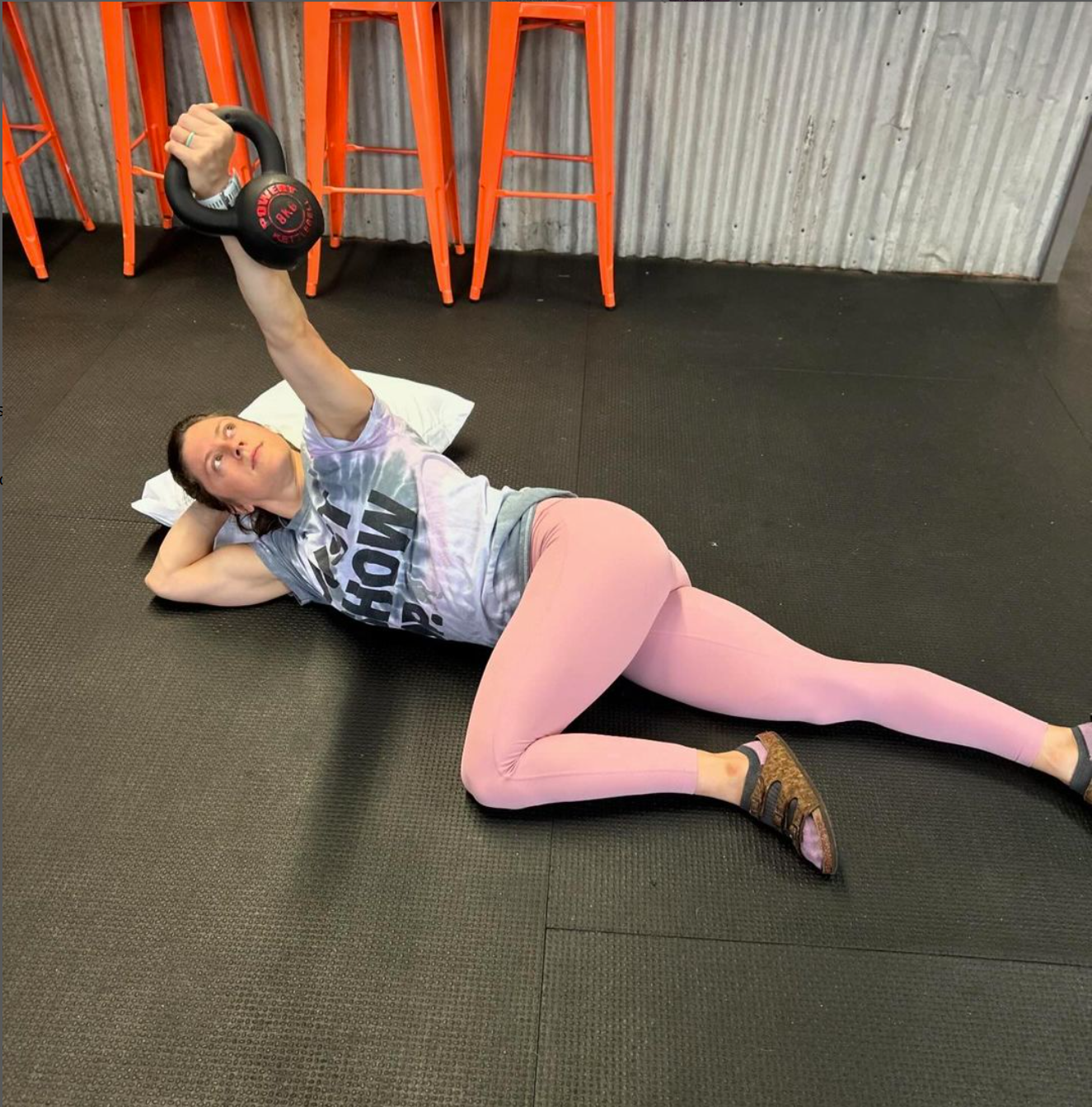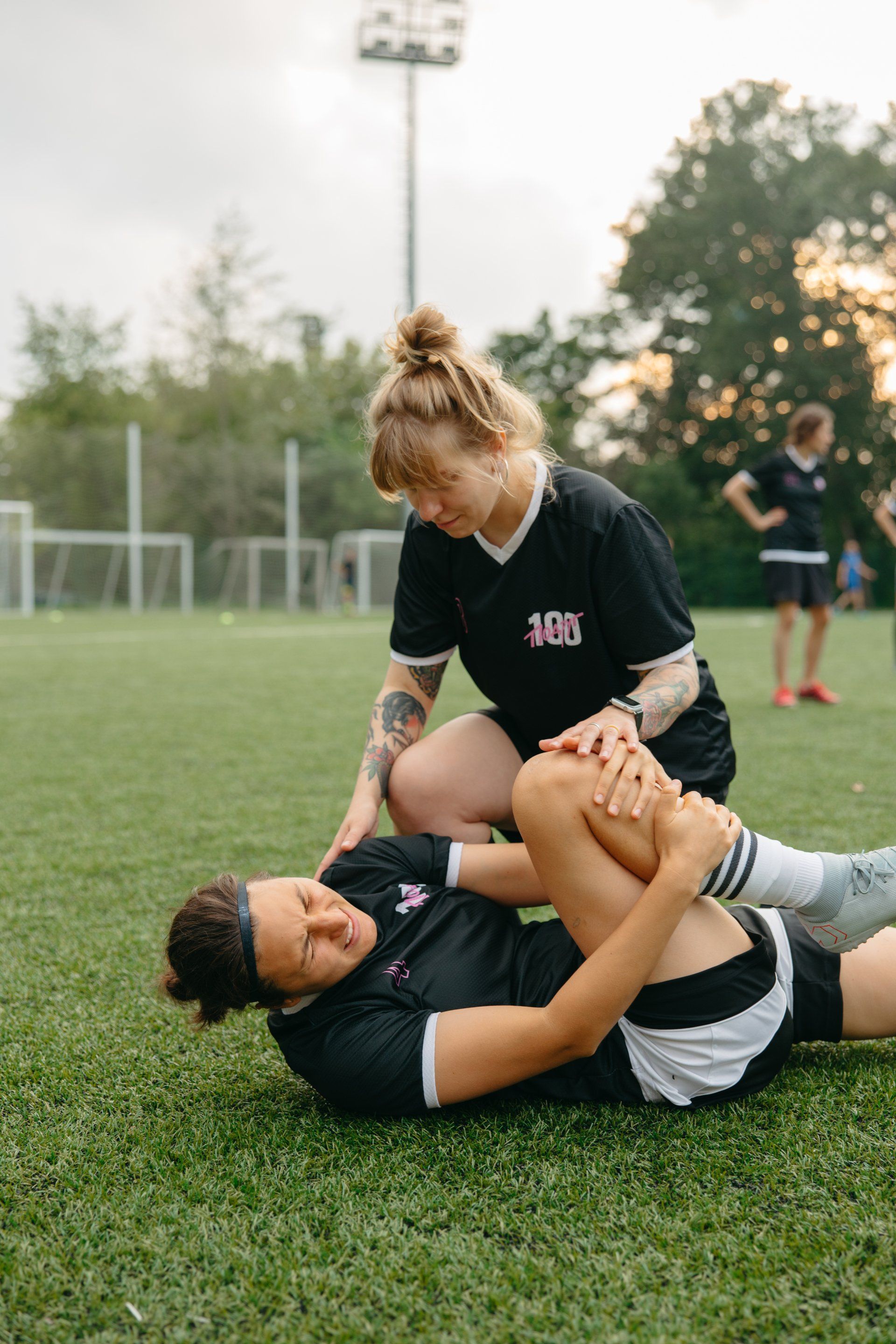Can Physical Therapy Fix My Arthritis?
Arthritis - What is it and how can PT help?
Arthritis is a condition that affects millions of people throughout the entire world. It is a degenerative disease that causes inflammation, stiffness, and pain in the joints. Arthritis is a broad term that encompasses different types of joint diseases, however the two most common types of arthritis are osteoarthritis and rheumatoid arthritis. Osteoarthritis is caused by the wear and tear of the joints over time, while rheumatoid arthritis is an autoimmune disease that attacks the joints. Arthritis can affect any joint in the body, but it most commonly seen in the knees, hips, spine and hands. Contributing factors to arthritic onset may be caused by:
- age
- injury
- genetics
Unfortunately, there is currently no cure for arthritis. However, you do have options for treatment to manage your symptoms, physical therapy being the most effective! While physical therapy will not cure your arthritis, it can improve joint mobility, reduce pain and stiffness, and improve function throughout daily life and during your workouts. Lets explore the benefits of physical therapy for arthritis and how it can help you manage your symptoms.
How can Physical Therapy help?
Physical therapy is a conservative treatment option that can help reduce symptoms and improve overall joint health. Physical therapy interventions may include exercises, manual therapy, as well as modalities such as heat and cold therapy. PT can help improve daily function by strengthening the muscles around the affected joint, improve joint mobility and soft tissue flexibility to improve range of motion, and reduce pain and inflammation. Throughout a course of PT, you can expect to receive guidance on how to modify activities throughout your day that which cause discomfort, with the goal to reduce joint stress and improve function. Additionally, physical therapy can help prevent further joint damage and delay the need for surgical intervention by enhancing movement patterns. The benefits of physical therapy for arthritis are numerous, as it is a safe and effective treatment option for people of all ages and activity levels. Exercise selection will vary dependent on patient’s current abilities, but the end goal is always the same. To get you feeling better and back to activities you love without pain.
Expectations from your PT
If you decide to pursue physical therapy at Rebound, the first step will be an initial assessment with a Doctor of Physical Therapy. During this assessment, your physical therapist will evaluate your joint mobility, flexibility, functional and muscular strength, as well as your overall health and prior medical history. Based on your evaluation, you and your physical therapist will create a treatment plan that is tailored to your specific needs and goals. Your treatment plan may include a combination of exercises, manual therapy and activity modifications you will encounter each day. How often you should be performing your exercises or strategies to minimize pain will depend on the severity of your arthritis, your response to treatment, the goal of the exercise and your current fitness level. Consistency is king, as it is important to commit to your treatment plan and follow instructions given by your PT. We are always welcoming feedback on your response to treatment and how you are progressing, as changes can easily be made on the fly and during your next appointment.
Wrap Up
In addition to physical therapy, there are several lifestyle modifications that can help manage arthritic symptoms. Maintaining a healthy weight, eating a balanced diet, and getting regular exercise can all help reduce joint stress and inflammation. It is important to speak with your PT and understand what type of exercise will be most beneficial for you throughout the rehab process. It is also important to avoid activities that put excessive stress on your joints. For some individuals this may be higher impact activity such as running and jumping. For others it may be lower-level activity like navigating the stairs. In these cases, we recommend modifications to keep symptoms down, and as you progress through PT, these lower-level activities that once caused pain will now be a thing of the past. Staying informed about your condition and how you are progressing can help you make educated decisions about your health and how you should be modifying your daily activities. By taking a proactive approach to your arthritis management, you can improve your quality of life and reduce the impact of this chronic condition to feel your best each day.










